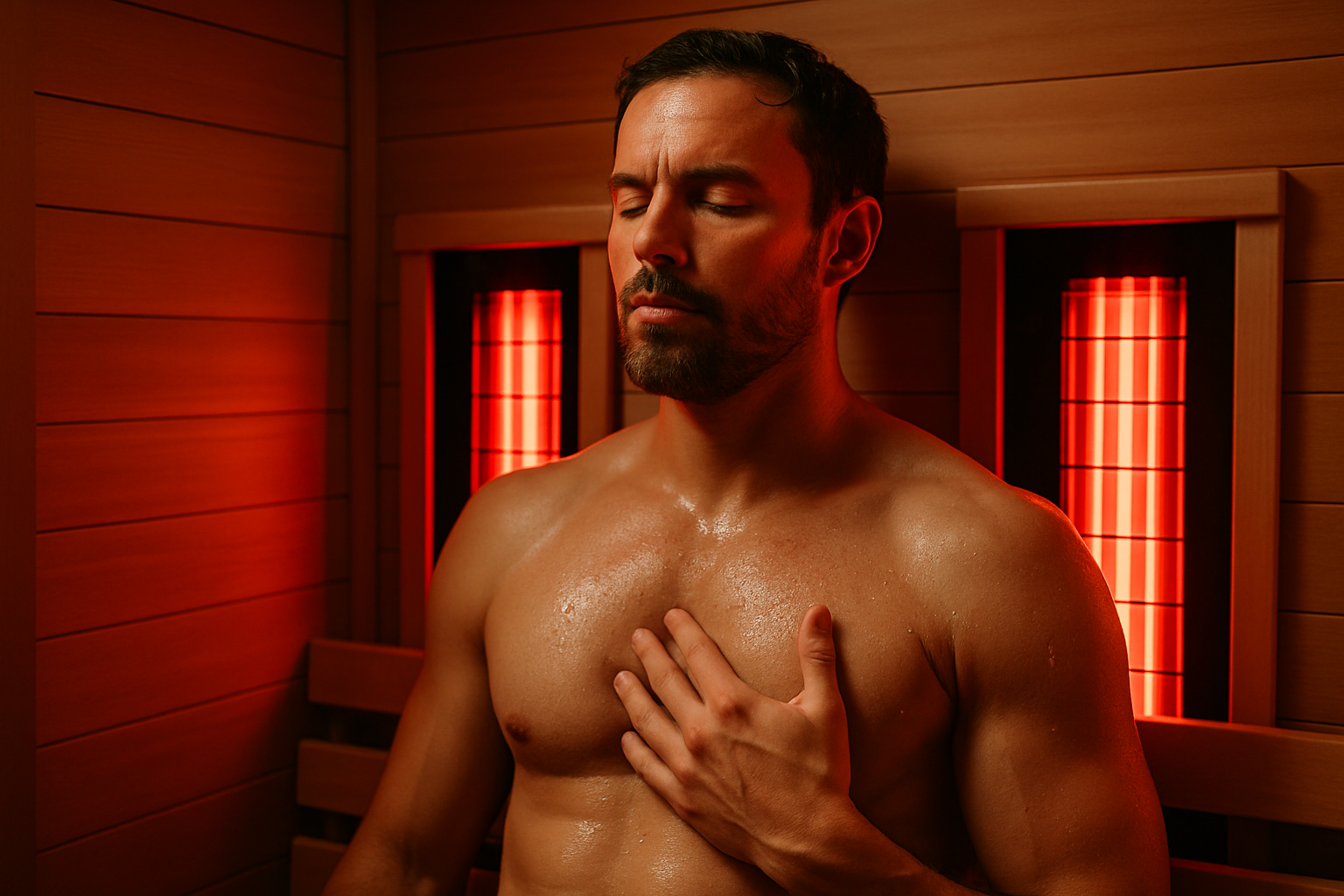The Rejuvenating World of Outdoor Saunas: A Guide to Wellness at Home
An outdoor sauna offers a unique blend of relaxation, health benefits, and connection with nature. As more people seek ways to enhance their well-being without leaving home, these structures have gained popularity. Outdoor saunas provide a serene escape, allowing users to unwind and detoxify while enjoying the fresh air and natural surroundings. This article explores the various aspects of outdoor saunas, from their benefits to the different types available, helping you understand why they've become a coveted addition to many homes.

Another significant advantage of outdoor saunas is their potential to boost mental health. The combination of heat therapy and exposure to nature can reduce anxiety and depression symptoms. The quiet, meditative environment of a sauna provides an excellent opportunity for mindfulness practice, contributing to overall emotional well-being.
How does an outdoor sauna differ from an indoor one?
While both indoor and outdoor saunas offer similar health benefits, there are distinct advantages to choosing an outdoor option. One of the primary differences is the connection to nature. An outdoor sauna allows users to enjoy fresh air, natural scenery, and the sounds of the outdoors, enhancing the overall relaxation experience. This connection can lead to a deeper sense of tranquility and stress relief.
Outdoor saunas also offer more flexibility in terms of size and design. Without the constraints of indoor space limitations, outdoor saunas can be larger and more creatively designed to complement the landscape. They can be placed near gardens, pools, or scenic viewpoints to maximize the enjoyment of the surrounding environment.
Ventilation is another key difference. Outdoor saunas typically have better air circulation, which can lead to a more comfortable experience and reduce concerns about moisture buildup in your home. Additionally, the separation from the main living space means that the sauna’s heat and humidity won’t affect your home’s interior climate.
What types of outdoor saunas are available for home use?
There are several types of outdoor saunas available for home use, each with its unique characteristics:
-
Barrel Saunas: These cylindrical structures are popular for their efficient use of space and attractive design. Barrel saunas are known for their even heat distribution and quick heating times.
-
Cabin Saunas: Resembling small cabins, these saunas offer more interior space and can often accommodate multiple people. They can be customized with windows and porches for added comfort and aesthetic appeal.
-
Infrared Saunas: Using infrared heaters instead of traditional stoves, these saunas heat the body directly rather than the air around it. They’re known for their energy efficiency and lower operating temperatures.
-
Wood-Burning Saunas: These traditional saunas use a wood-burning stove, offering an authentic experience and the pleasant aroma of burning wood.
-
Electric Saunas: Powered by electricity, these saunas are convenient and easy to use, requiring minimal maintenance.
How do you choose the right location for an outdoor sauna?
Selecting the ideal location for your outdoor sauna is crucial for maximizing its benefits and ensuring its longevity. Consider the following factors:
-
Privacy: Choose a spot that offers seclusion from neighbors and passersby.
-
Accessibility: Ensure the sauna is easily accessible from your home, especially during colder months.
-
Views: If possible, position the sauna to take advantage of scenic views or natural surroundings.
-
Drainage: Place the sauna on slightly elevated ground to prevent water accumulation.
-
Regulations: Check local zoning laws and homeowners’ association rules before installation.
-
Utilities: Consider proximity to electrical and water connections if required for your chosen sauna type.
What maintenance is required for an outdoor sauna?
Proper maintenance is essential to keep your outdoor sauna in top condition and ensure its longevity. Regular cleaning is crucial, including sweeping and mopping the interior after each use to remove sweat and debris. The benches and walls should be scrubbed periodically with a mild soap solution to prevent bacterial growth.
For wood-burning saunas, regular inspection and cleaning of the stove and chimney are necessary to prevent fire hazards. Electric saunas require periodic checks of the heating elements and controls to ensure they’re functioning correctly.
The exterior of the sauna should be treated with a appropriate wood preservative every few years to protect it from the elements. This is particularly important for saunas exposed to harsh weather conditions. Additionally, checking for any signs of water damage, mold, or pest infestation should be part of your routine maintenance schedule.
| Sauna Type | Provider | Cost Estimation |
|---|---|---|
| Barrel Sauna | Almost Heaven Saunas | $4,000 - $7,000 |
| Cabin Sauna | Finnleo | $5,000 - $15,000 |
| Infrared Sauna | Sunlighten | $3,000 - $8,000 |
| Wood-Burning Sauna | HUUM | $6,000 - $12,000 |
| Electric Sauna | Harvia | $3,500 - $10,000 |
Prices, rates, or cost estimates mentioned in this article are based on the latest available information but may change over time. Independent research is advised before making financial decisions.
An outdoor sauna can be a valuable addition to your home, offering a perfect blend of relaxation, health benefits, and connection with nature. Whether you choose a traditional wood-burning barrel sauna or a modern infrared cabin, the key is to select a model that fits your space, budget, and wellness goals. With proper installation and maintenance, an outdoor sauna can provide years of enjoyment and contribute significantly to your overall well-being. As you consider this investment in your health and home, remember to weigh the various options and consult with professionals to ensure you choose the best outdoor sauna for your unique needs.






